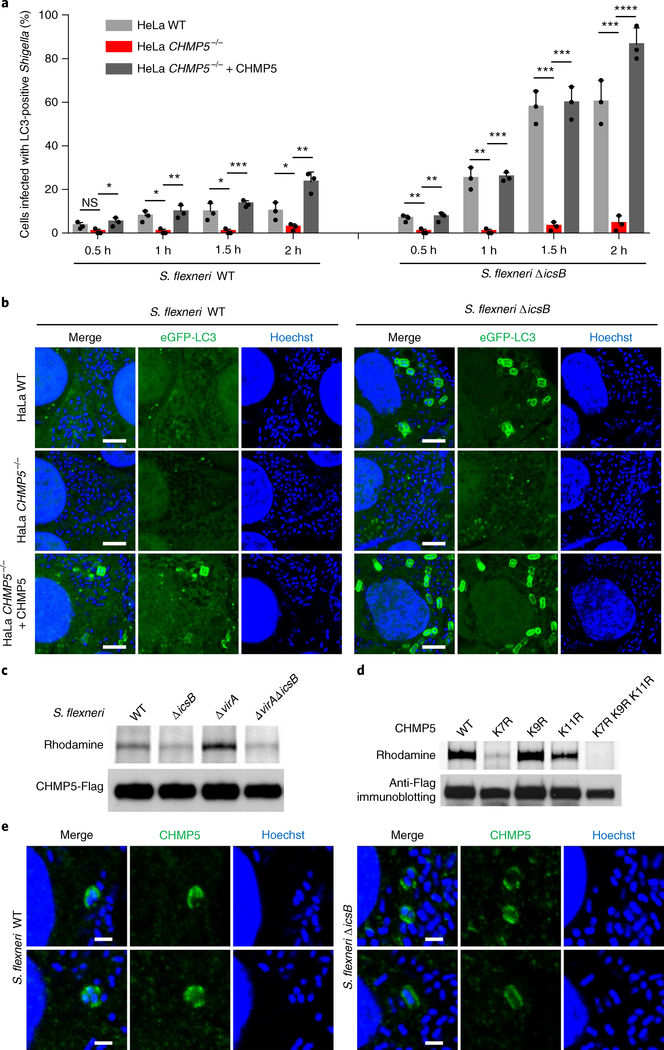Fig. 6 |. Fatty acylation of CHMP5 by IcsB is important for Shigella escape from host autophagy.
a,b, Effects of CHMP5 deficiency on bacterial autophagosome formation in response to S. flexneri infection. Indicated HeLa cells expressing eGFP-LC3 were infected with S. flexneri WT or ΔicsB. a, Percentages of infected cells containing LC3-positive S. flexneri at indicated time points after infection. b, Representative fluorescence images taken at 2 h post-infection (scale bars, 3 μm). At least 200 infected cells were examined for each experiment and the data are means ± s.d. from three replicates. A two-tailed unpaired Student’s t-test was performed (*P < 0.05; **P < 0.01; ***P < 0.001; ****P < 0.0001; NS, 0.0734). c, Stearoylation of CHMP5 by IcsB during S. flexneri infection. 293T cells stably expressing Flag-CHMP5 were infected with S. flexneri WT, ΔicsB, Δ virA or Δ virAΔ icsB in the presence of Alk-16. Cells were harvested 2 h after infection for in-gel fluorescence assay. d, Effects of lysine mutation on CHMP5 stearoylation by IcsB. 293T cells were transfected with IcsB and Flag-CHMP5 (WT or an indicated K to R mutant). Cells were metabolized with Alk-16 for 24 h and subjected to in-gel fluorescence assay. e, Localization of endogenous CHMP5 by immunofluorescence staining in S. flexneri-infected HeLa cells (scale bars, 1 μm). Data shown in a–e are representative of three independent experiments.

